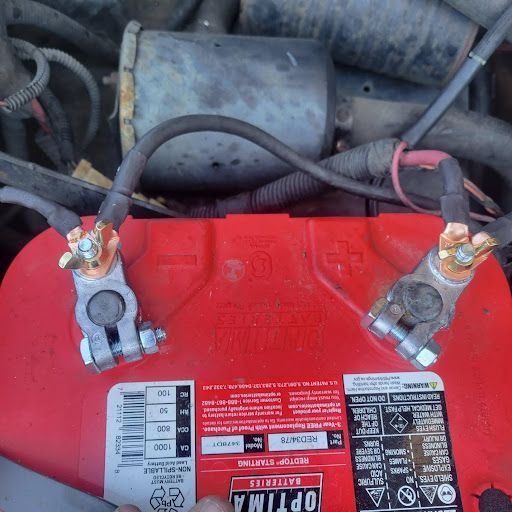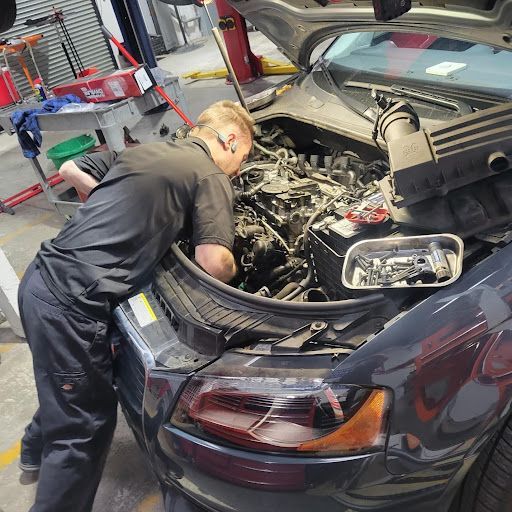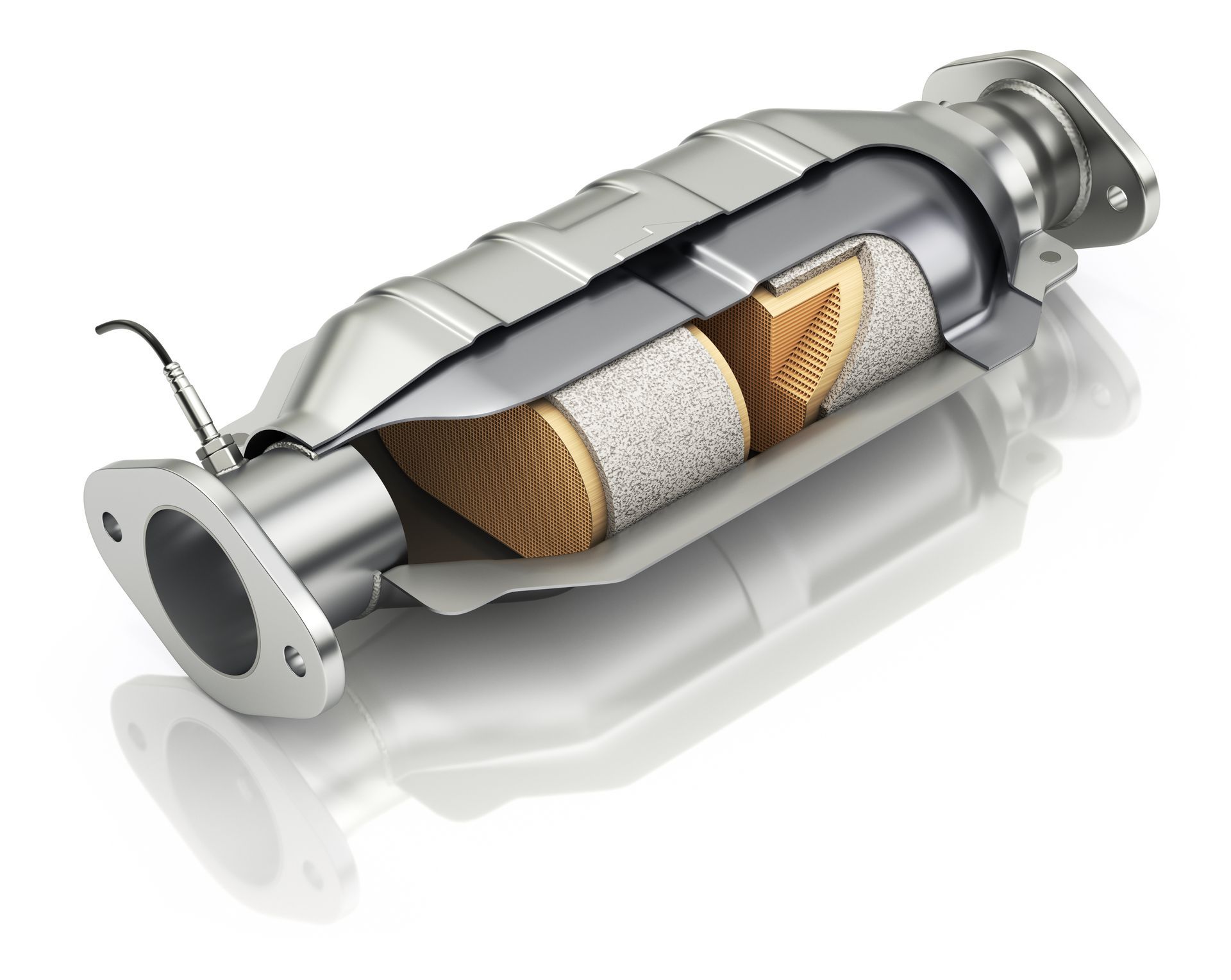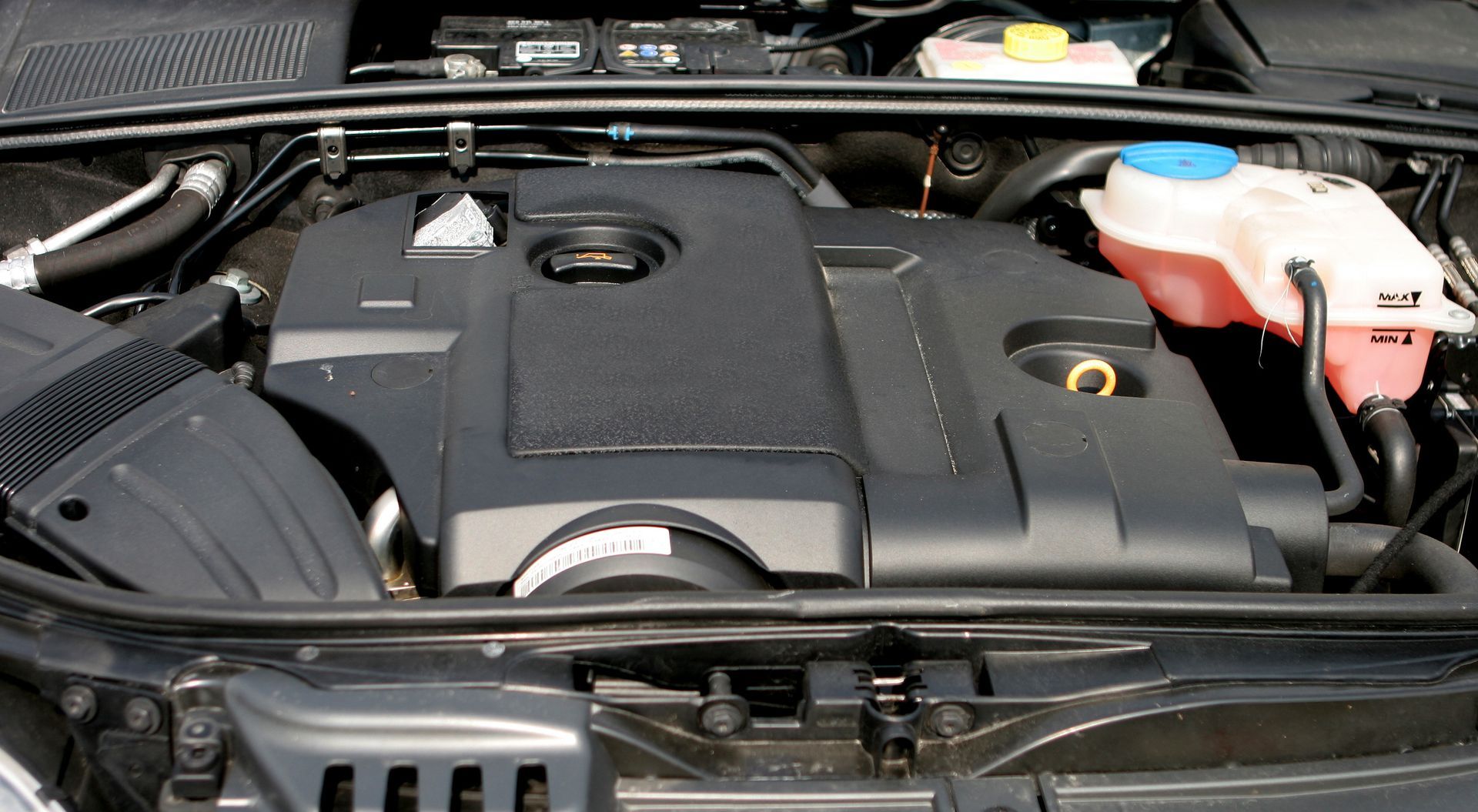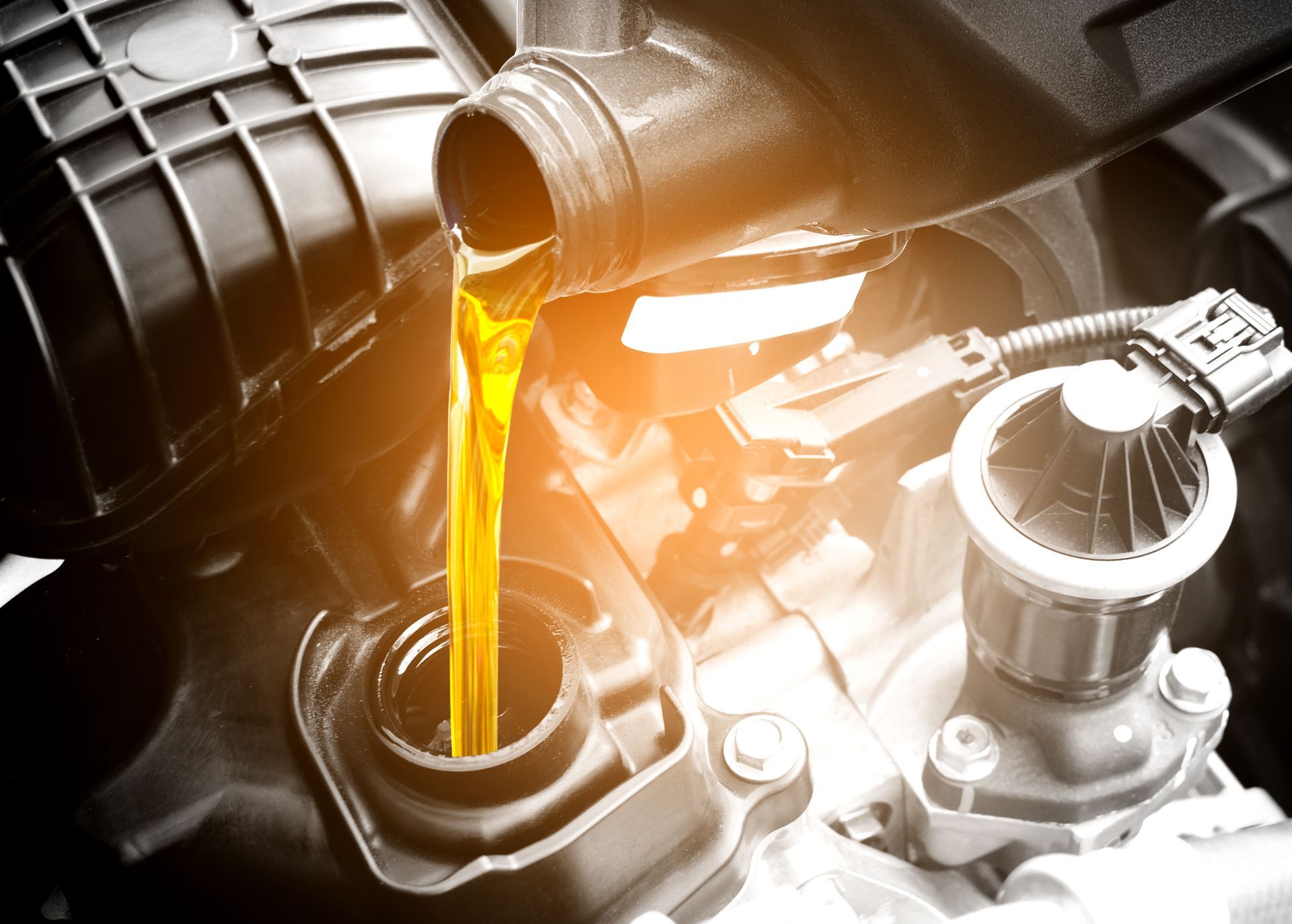Don’t Ignore That Drippy Engine: Why Oil Leaks and Grimy Covers Matter
When you bring a car in for inspection at The Neighbor’s Kid Auto Repair in Sebastopol, one of the most common issues we spot is oil leaking and caked-on grime around the timing cover, valve covers, and oil cooler lines. At first glance it may look like just a cosmetic nuisance, but those oil streaks and dirty engine covers can hide far more serious problems.
1. Oil Getting Out Is Only Half the Story
Air intrusion
Any place oil is escaping, air can get in. When air disrupts the closed crankcase and intake pathways, it upsets the engine’s internal vacuum balance and can lead to:
- Poor combustion (misfires, rough idle)
- Check-engine lights (PCV or MAF sensor errors)
Debris ingress
Oil attracts—and holds—dirt, road grime, and microscopic metal particles. If that gunky mixture gets drawn back into the crankcase or intake, it can:
- Score cylinder walls or bearings
- Clog oil passages
- Accelerate wear on pistons, rings, and camshafts
2. The Usual Suspects: Where Leaks Start
Valve cover gaskets - Over time rubber gaskets shrink and crack, allowing both oil to seep out and air to be drawn in around the cam cover.
Timing cover seals - Front-engine seals are under constant heat and tension; once they start to leak, oil runs down belts and pulleys—then collects grit.
Oil cooler lines & fittings - On many modern engines, metal-braid or rubber coolant/oil lines develop hairline cracks or loose fittings. Left unchecked, these weep and spread oil across the front of the engine.
3. How “Just a Little Leak” Becomes a Big Problem
- Reduced engine life - Even minor leaks, over tens of thousands of miles, deprive internal components of proper lubrication—and allow abrasive contaminants to circulate.
- Performance issues - Disrupted crankcase pressure and fouled intake components often translate into hesitation, power loss, and increased fuel consumption.
- Costly repairs down the road - What starts as a few drops can end up as a seized engine or a smoked-out turbo—invariably at three or four times the cost of a simple gasket replacement.
4. Preventive Maintenance: What You Can Do
Regular visual inspections
During every oil change, ask your technician to look for fresh oil around gaskets, seals, and hoses.
Clean & monitor
A quick spray-down with brake cleaner and a rag lets you spot active leaks versus old, dried-on oil.
PCV system service
A faulty Positive Crankcase Ventilation valve or clogged hose won’t just trigger an emissions fault—it accelerates leak development by raising crankcase pressure.
Proactive gasket and seal replacement
If your engine is over 100,000 miles or showing initial seepage, replacement today can save you from a major repair tomorrow.
5. How We Help at The Neighbor’s Kid Auto Repair
Full leak diagnosis: We pressure-test both the cooling and oiling systems to pinpoint every leak.
OEM-quality parts: We use factory-spec gaskets, seals, and lines to restore factory tolerances.
Engine-bay cleaning: Before reassembly we degrease and clean mating surfaces to ensure a perfect seal.
Comprehensive follow-up: After repair, we inspect and test-drive your vehicle to confirm the leak is gone and no new codes appear.
6. Conclusion
Oil leaks aren’t just messy—they’re the symptom of air and contaminants finding their way into your engine’s heart. Left unchecked, they compromise performance, efficiency, and ultimately your engine’s lifespan. If you’ve noticed oil spots on your garage floor or grime on your engine covers, don’t wait. Schedule a leak inspection today at The Neighbor’s Kid Auto Repair—and keep your engine running clean, balanced, and healthy.
